National landmarks show two views of American history. Which is yours?
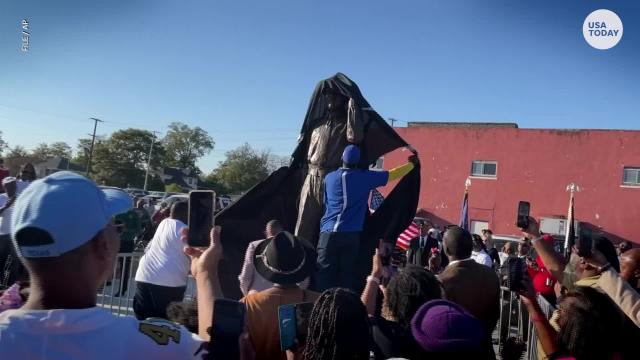
SOCORRO, Texas – A warm wind blew through the old farmworker camp Saturday as Victor Reta, his voice catching, announced that the crumbling adobe buildings around him had finally been designated a National Historic Landmark.
It had taken 10 years of paperwork, bureaucratic wrangling and persistence for federal officials to formally recognize a site where hundreds of thousands of Mexican men were recruited into the United States beginning in World War II to work on farms.
At Rio Vista, hiring bosses groped their muscles, examined their hands for calluses that would prove they knew hard labor, and “deloused” them with the toxic pesticide DDT. The Bracero Program ? named for the Spanish word for a manual laborer ? laid the groundwork for the migrant labor pipeline into the U.S. that still exists today.
As recreation director of the community center at Rio Vista, Reta led the local effort to get federal recognition before the buildings buckled further in desert winds and monsoon rains. But now, National Park Service protection will help tell the story of the braceros and the millions of Mexican Americans who can trace their past to what some have called an Ellis Island in the Southwest.
“I’ve seen our culture and heritage and stories either get lost or muddied,” said Reta, whose grandfather and father were migrant farmworkers. “Unfortunately, our history books don’t necessarily share the whole picture.”
With its new historic landmark designation Rio Vista became part of a sprawling-but-quiet effort to reshape how America's past gets told. This election year provides two competing visions of our nation's history: one, based on tales of glory and exceptionalism; the other more reflective of the stories told around a wider range of family dinner tables.
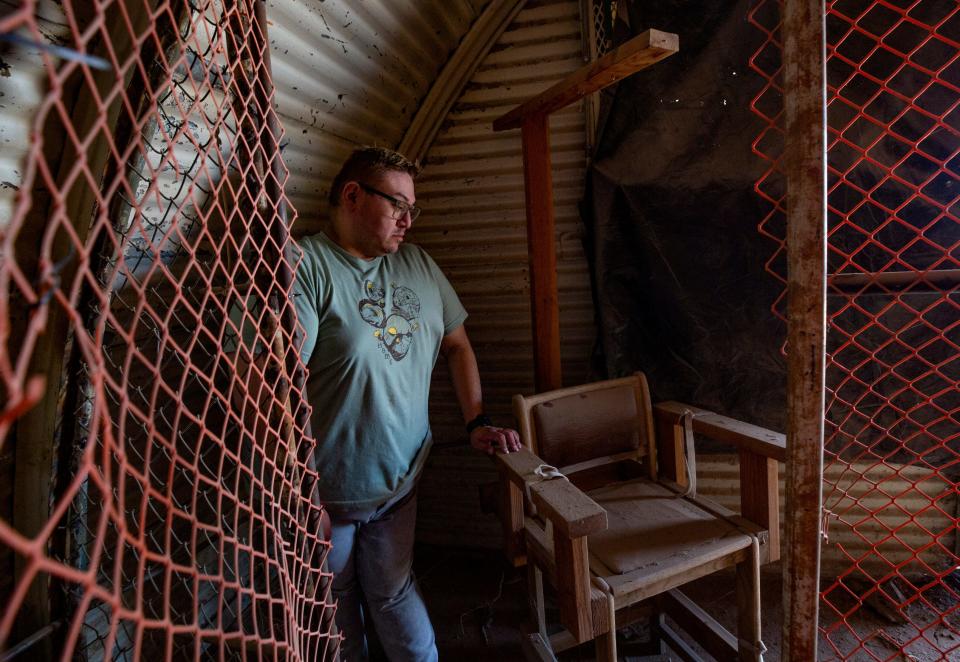
There are 2,635 National Historic Landmarks in the U.S., according to the park service, which is in charge of naming landmarks, as well as providing some grants, technical advice and support to the sites, though it does not own or run most of them. As of 2022, the agency listed just 40 landmarks directly related to the heritage of Latinos, Asian Americans and Pacific Islanders, the LGBTQ community and women.
Since then, capitalizing on years of legwork and community organizing by people like Reta, the park service, under President Joe Biden, has announced millions in spending to tell a broader variety of American stories.
To recognize the history of African Americans, the park service recently launched a study to add lynching sites in Tennessee; an Ohio stop on the Underground Railroad and an Illinois exhibition on the role Pullman porters played in creating the Black middle class. Just last month, the park service announced more than $23 million in grants as part of its Historic Preservation Fund’s African American Civil Rights.
It is also honoring Asian American history at a detention camp in Colorado where thousands of U.S. citizens of Japanese descent were locked up during World War II. Earlier this month, the park service expanded a scenic, 11-mile-long ridgeline to a national monument considered sacred to Native American tribes in Northern California.
But the federal efforts come as dozens of states, including Florida, Texas and Oklahoma, have adopted or proposed measures that limit how Black, Latino or LGBTQ history is taught or that restrict the use of some books. Supporters of the so-called anti-woke laws said such measures will prohibit teaching divisive issues in public schools and blaming current generations for past injustices such as slavery.
Donald Trump, the presumptive Republican nominee for president, has emphasized a celebratory vision of America's past rather than one that highlights periods of failure and shame.
If reelected in November, he intends to resume a plan he laid out during his first term to build a National Garden of American Heroes, said Karoline Leavitt, the campaign's national press secretary. It would include statues "of the greatest Americans who ever lived, from George Washington and Thomas Jefferson to Frederick Douglass and Clara Barton, to Rosa Parks, Elvis Presley, Billie Holiday, Vince Lombardi, and more than 200 others," she said via email.
"As he did for four years, President Trump will seek to preserve our historic sites and landmarks for all Americans, so that citizens of all backgrounds can learn about and appreciate our great American story," she said, adding that the garden would be completed "in time for America's 250th birthday on July 4, 2026 to help our country be proud and united."
Until recently, landmarks have been mostly bipartisan efforts.
Jason Williams, associate professor of Justice Studies at Montclair State University in New Jersey, said he wouldn't be surprised if the current focus on these landmarks becomes a political issue once more people learn about it.
“I can see how this initiative by the National Parks Service could be picked up as a political football by the GOP mainly because of what we've been seeing lately in terms of their disdain for DEI (diversity initiatives) and cultural pluralism,’’ he said.
It's important for all Americans to see themselves and their histories in the country's landmarks, Shannon Estenoz, who oversees the Interior Department's National Park Service, told USA TODAY.
“We have to be able to confront those stories and interpret them and put them in front of future generations so that they understand all of the chapters of our nation's history’’ she said. “Black history is American history. Native American history is American history. This is all part of the story of our nation."
And historic landmarks, she said, are the perfect places to tell ? and hear ? those stories. “You can read and you should read history in books and you should go to museums and you should do all of those things. But the Park Service invites us to come and stand where it happened.”
Here are some places the National Park Service is preserving:
Everybody's history
Many braceros took what they endured at Rio Vista to the grave. Few are still left to tell their stories.
José María Rodriguez was an eager 19-year-old following his father’s footsteps when he left Mexico to pick cotton and cantaloupes in Texas in 1964.
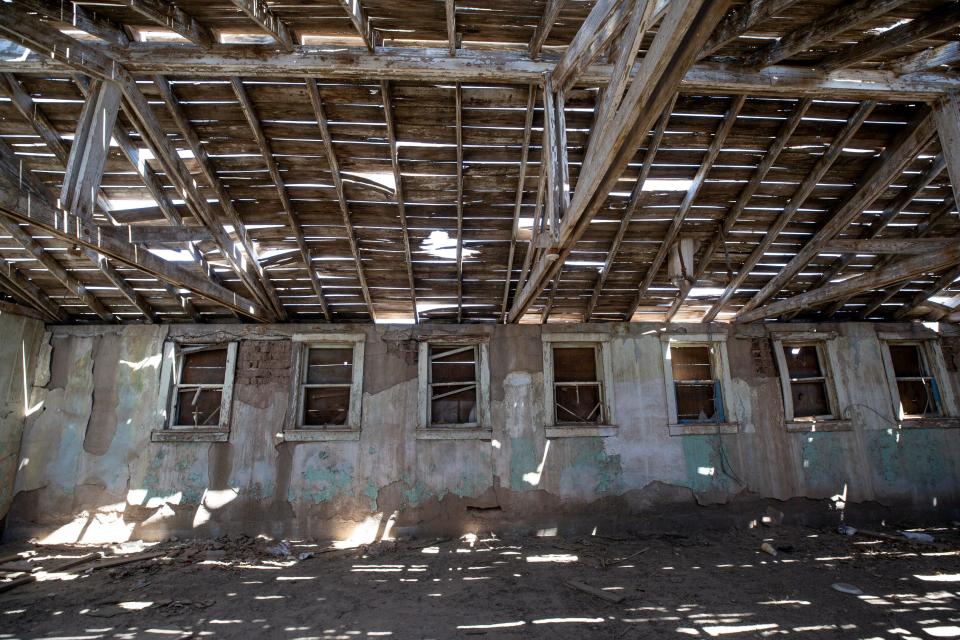
His first stop in the U.S. was Rio Vista.
“Like anything, it was hard,” Rodriguez, now 80, said, recalling the melon fields. “You carried a sack over your shoulder, across your chest. You picked them and put them in the bag. It was really heavy.”
Rodriguez, fit and chipper, returns five days a week to the old camp to keep company with fellow elders, eat lunch and play rounds of a bingo game called lotería. Community-focused preservation plans for the historic landmark site also include a public library, health clinic and new bracero museum.
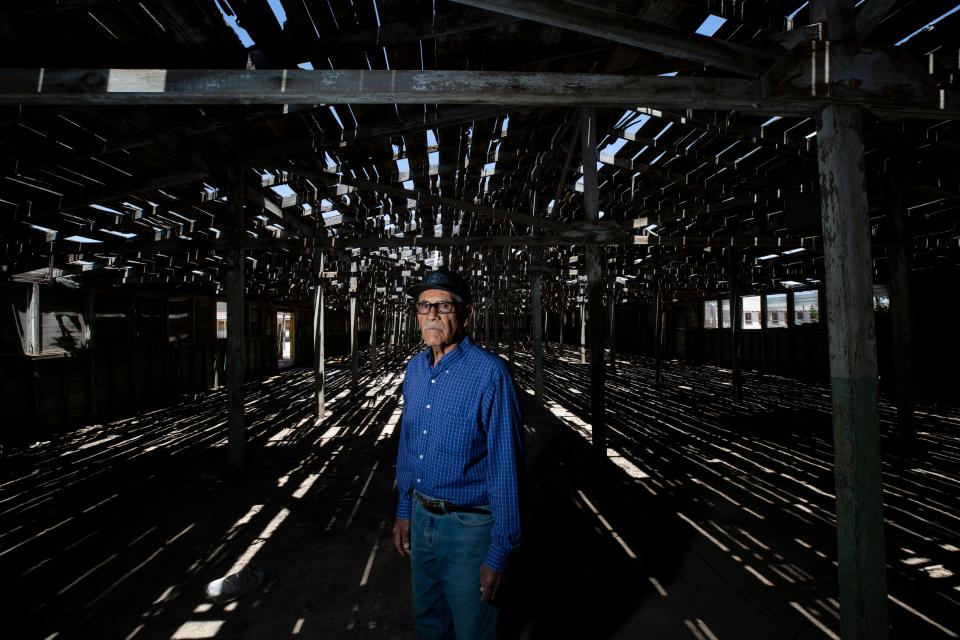
Yolanda Chávez Leyva, Rio Vista lead historian, said an unknown number – possibly millions – of Americans who trace their roots to Mexico had a bracero in their family.
“As Latinos become more of the population, we don’t know what our place in history has been,” she said. “That the federal government is doing this, and that the Park Service is doing this, for indigenous people, for Latino people, for African American people, it’s so important. Not just for the people of color – for everybody to learn that history.”
Detainees and liberators
Mitch Homma's father was locked up at Amache as a child, along with his father's two siblings and their parents.
None of the detainees was credibly accused of any specific crime or received legal due process, but they were all nonetheless forced to sell or give up their homes and businesses over fears they might sympathize with Japan following the Pearl Harbor attack.
Most endured long train rides to the hastily constructed camps like this one in Grenada, Colorado, where they were forced to live in cramped conditions for several years during the war.
Many military-age men from the camps volunteered for the front lines of the war, joining the segregated 3,000-man 442nd Regimental Combat Team that became one of the most decorated units of the war. In three years, 31 Amache men were killed in combat, and the unit overall received 21 Medals of Honor and nearly 10,000 Purple Hearts. Its members also helped liberate the Nazi Dachau death camp.
For many years, the sole federal site dedicated to telling this story was Manzanar National Historic Site in eastern California near Death Valley.
"(It was) better than nothing, but still isolating and constraining that part of history," Homma said.
A wide range: From Acadia to Zion: What travelers should know about each of America's national parks
Although some high school classes may mention the "internment" camps, few learn the details or explore the parallels between places like Amache and the German-run concentration camps where millions of Jewish people were locked up and killed during the war.
Homma's grandfather died of a heart attack in Amache at age 44. Before his detention, he had been a well-respected Los Angeles dentist with actress Shirley Temple among his clients. When he was sent to the camp, he was forced to sell everything to white buyers for pennies on the dollar.
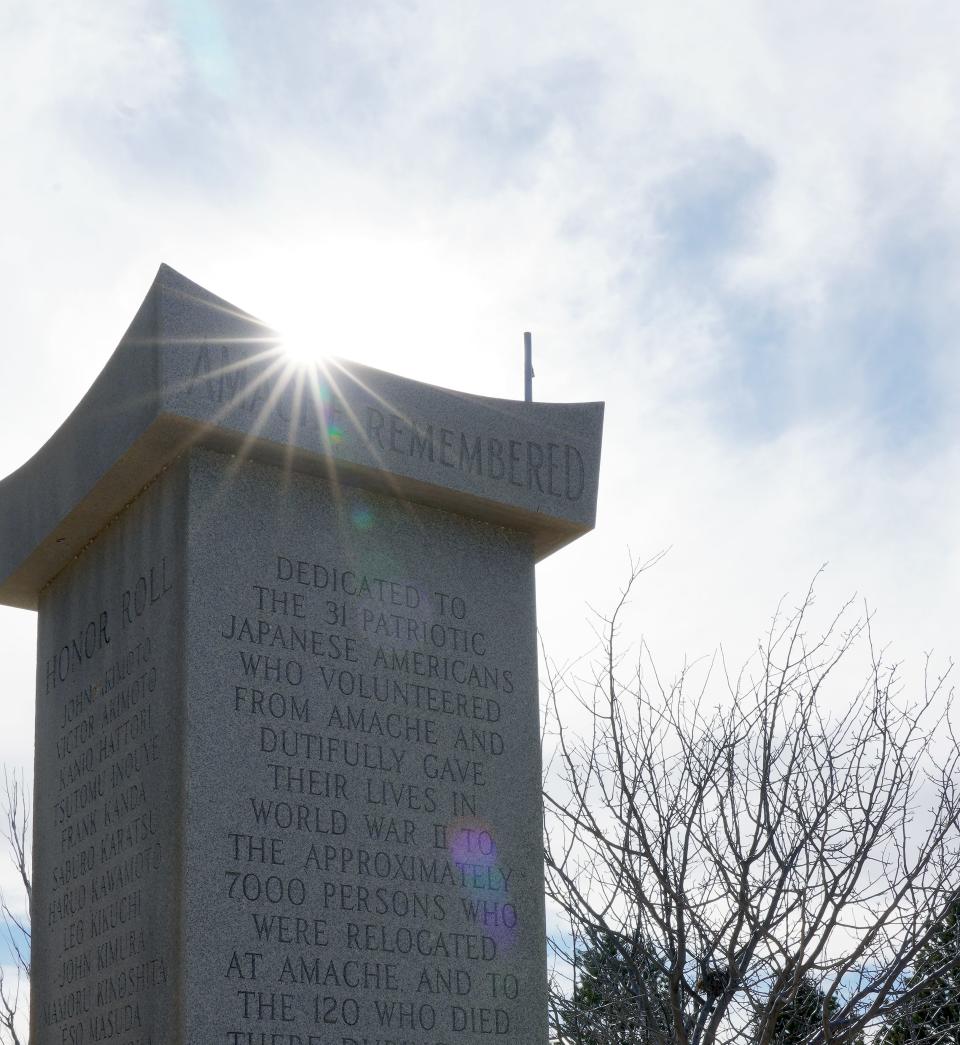
Several other sites later received presidential designations as national historical sites, but Amache in 2022 became the first since Manzanar to receive congressional approval as a National Historic Site. A deeply divided Congress found common cause in preserving Amache: The House vote to approve the measure was 416-2 and unanimous in the Senate.
Homma said he and other Japanese Americans wanted Amache to go through the congressional process to help ensure elected officials were on the record in support.
"So yes, there is a change in landscape," Homma said. "This is part of the telling of America's underrepresented story."
Protecting sacred land
The wildflower superbloom along Northern California’s inner coast range is a visual representation of the joy members of the Yocha Dehe Wintun Nation feel about the recent expansion of the Berryessa Snow National Monument.
“Everybody is smiling,” Tribal Chairman Anthony Roberts said. “We’ve cared for this sacred land for countless generations. This means a lot to us.”
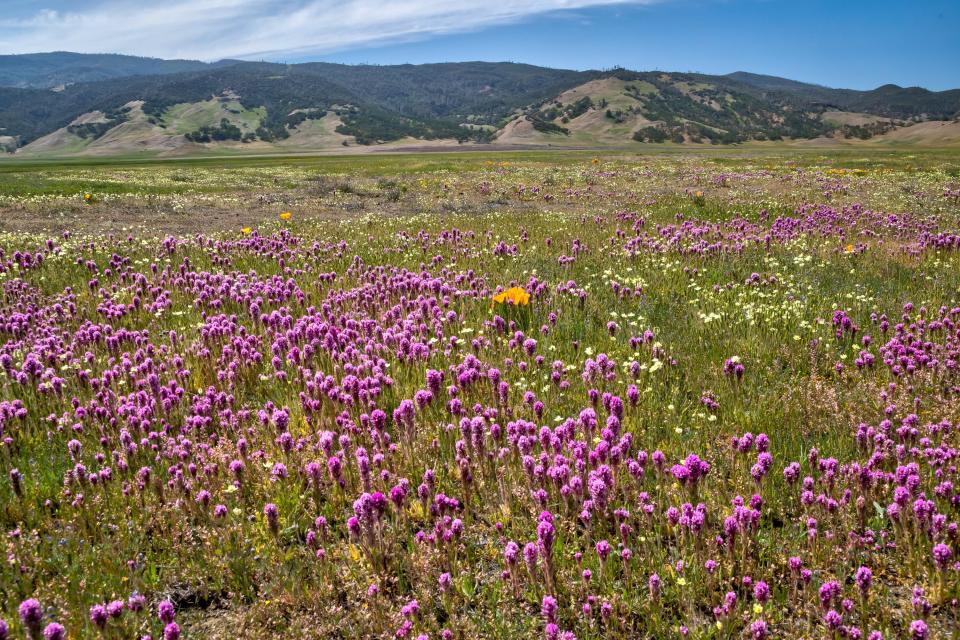
The expansion, in the works for almost a decade, adds nearly 14,000 acres of federal land to the already 330,000-acre monument.
The tribe, as well as other indigenous nations, including the Kletsel Dehe Wintun and the Cachil Dehe Band of Wintun Indians, envision preserving an old trade route, as well as improving a recreational trail to attract hikers, sightseers and bikers from San Francisco to Sacramento.
Yocha Dehe Wintun Treasurer Leland Kinter said a key tribal goal is reintroducing the endangered California condor to the area. Molok Luyuk, the new name of the park's scenic ridge, means Condor Ridge in their native language of Patwin, he said.
“The condor plays an important role in our religion, in our regalia and our ceremonial dances,” Kinter said. “It will help give us further respect for our history.”
'It's a story that America needs'
For Helen Hart, the artifacts at the Frederick Douglass National Historic Site in Washington, D.C, where she's a ranger, tell a story about his mission to make sure history doesn't repeat itself. “He’s trying to talk to us,’’ said Hart.
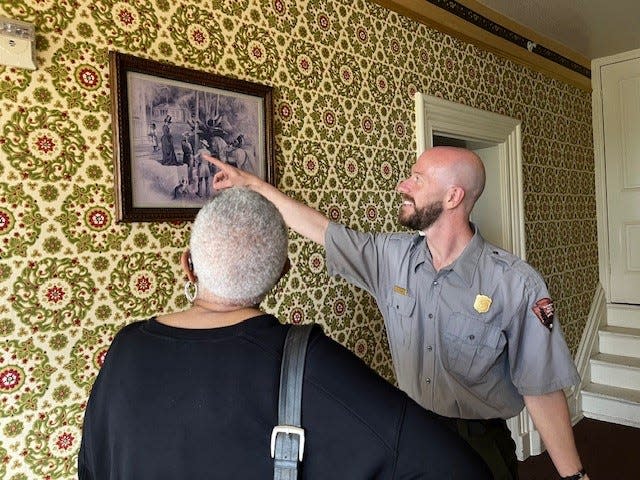
Douglass, who became an abolitionist after escaping from slavery, moved to Washington in the 1870s. He intentionally bought a house in a whites-only neighborhood at a high elevation.
“From his front porch he can see the places where decisions are being made that are going to affect untold billions into the future,” said Kevin Bryant, another ranger. Eighty-five steps lead up to the Douglass house where visitors can see the Washington Monument and the U.S. Capitol
Douglass spent the last 18 years of his life here and about 50,000 people a year visit, peeking in the parlor where Douglass once met with visitors and peering into the office where he sat at his desk and crafted his famous speeches.
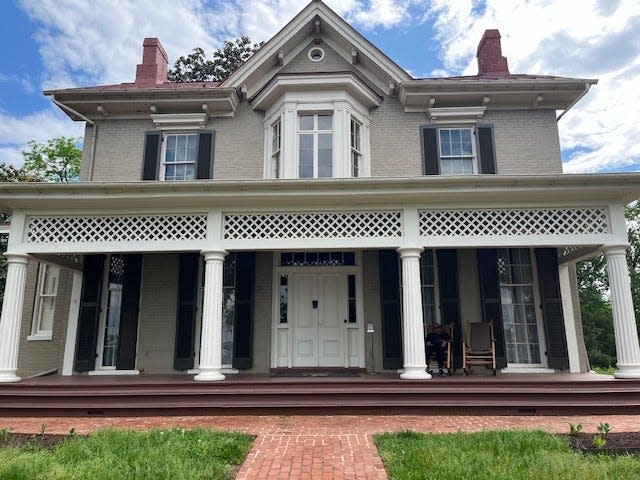
With African American history under attack, it’s particularly important that sites like the Douglass house are preserved, said Sylvia Quinton, president of the Frederick Douglass Memorial and Historical Association. “Protecting our history through the federal government is the surest way to ensure that our history is not erased,’’ she said.
This article originally appeared on USA TODAY: National landmarks could become battleground in culture wars
Solve the daily Crossword

